Kodak EasyShare C360 Review
Kodak EasyShare C360
If you're a digital photography virgin, the Kodak EasyShare C360 could be your perfect first partner.
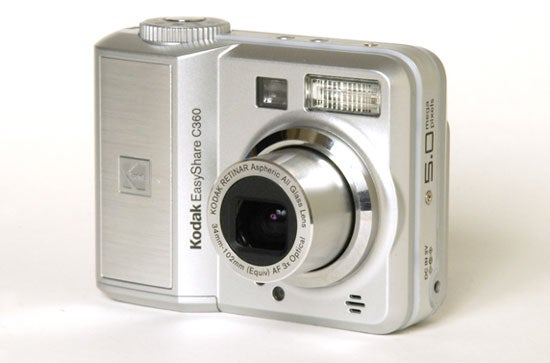
Verdict
Key Specifications
- Review Price: £137.00
The week before last, in my review of the Pentax Optio S55, I recounted how I had lent the camera to my father, a newcomer to digital photography, to take his holiday snaps, and that he had found it to be too complicated. I wish now that I could have lent him this Kodak EasyShare C360 instead, because it’s simplicity itself to operate, and is absolutely ideal for a first-time digital camera user. In fact with a price tag of just £137 I might buy him one anyway.

The first impression of the C360 is one of user-friendly simplicity. In overall design I can only describe it as cute, with a compact, rounded and easy-to-hold shape and large, well-labeled controls. The 2in LCD monitor is bright and easy to read, and with 110,000 pixels it is nice and sharp too. The camera body is made from silver-coloured high-impact plastic, with some metal parts such as the band around the top and left side, and the insert into handgrip.
At 186g without card or batteries it is quite heavy for such a small camera, and with 2x AA cells fitted it is much too heavy for a shirt pocket, but in the hand this weight gives it a reassuring solidity and stability.
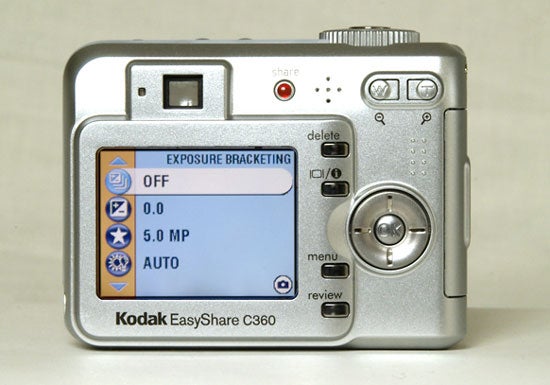
The power switch is on the main control dial on top of the camera. Turn it from ‘off’ to ‘auto’ and the camera powers up in around 2.5 seconds, which while not especially fast is quite adequate. Start-up is accompanied by a chime and a brief lightshow of green LEDs around the edges of the top panel, completely unnecessary but not unattractive.
Upon entering any of the seven modes on the main dial, a few words of explanatory text appear on the monitor screen, telling you what the mode is and what it should be used for. While this is invaluable for first time users, once you know what the modes are for it does become a bit annoying, and unfortunately there’s no way to turn it off. There is also no way to turn off the dreaded digital zoom.
As well as the excellent 3x optical zoom lens, the C360 has 5x digital zoom. With a camera this size it is impossible to produce a picture at what is effectively a focal length of 500mm without major motion blur, and as always the pixilated results look dreadful. See the example in the pictures accompanying this review. At least the zoom control pauses at the end of the optical zoom range before heading on into digital zoom, and the indicator does turn red once you progress beyond the point where it can produce an acceptable 6 x 4 print, but an option to disable digital zoom would be much simpler.
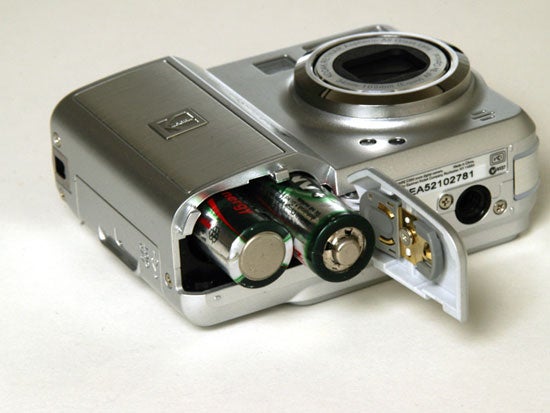
Fortunately, the camera does offer a lot more to make up for this lapse. As well as main modes including portrait, action, landscape and macro, it has a movie mode that can shoot in 640 x 480 resolution at 24fps, a speed which gives around 25 per cent more shooting time per MB than 30fps with no significant reduction in smoothness.
There is also a scene mode option, which provides 12 additional programs for shooting in special circumstances, including photographing children, parties, the beach, snow, fireworks, flowers, self-portraits, backlight, night portraits, night landscapes, museums and text copying. Other shooting options include 2-second and 10-second self timers, and a first burst mode that can shoot five frames at 2fps, and a last burst mode that shoots up to 30 frames at 2 fps but only saves the last 4. The camera has a decent built-in flash, with a maximum useful range of about 3.5 metres, and this too is very simple. It has only four modes, auto, fill-in, red-eye reduction and off.
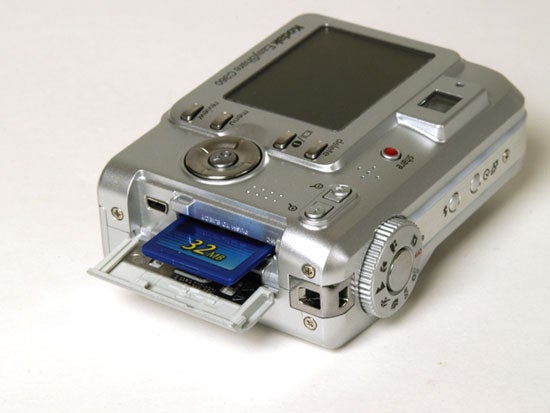
The C360’s menu system is the very model of simplicity, with large easy-to-read lettering and icons. It has a minimum of options, but still manages to include nearly all the useful ones. Oddly, exposure bracketing is at the top of the list, with exposure compensation, usually a far more frequently used option, in at number two. Other options include picture size, white balance, ISO, metering pattern, AF type and focus zone, colour mode (B&W, sepia, low colour), sharpness, and a useful option that allows long time exposures of up to eight seconds. Additional options include a choice of saving pictures to the memory card or the 32MB of internal memory, as well as putting them into a special album.
The C360 comes with Kodak’s outstanding EasyShare software, as well as an adapter plate for the company’s range of USB camera docks and printer docks, which are available separately, although since the C360 uses AA batteries it will not be recharged while docked. Using these docks it is possible to automatically download and print pictures from the camera simply by pressing the red ‘Share’ button. It is also fully PictBridge compatible, so it will work with any PictBridge printer.
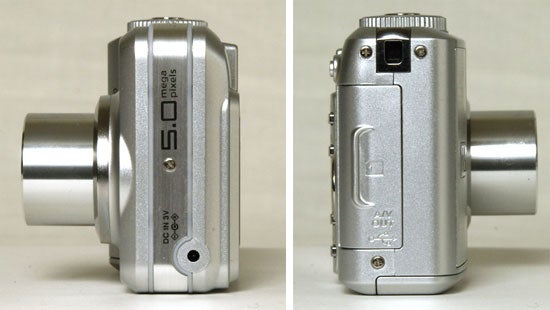
So it’s very easy to use, but what are the results like? Well, if I had lent the C360 to my father he’d have got much better holiday snaps. The autofocus system is exceptionally quick and accurate, and operates reasonably well in reduced lighting. The exposure system is also very good, and as usual Kodak’s Colour Science image processing is superb. The resulting picture quality is outstanding, with bold clear colours, deep rich shadows and virtually no burned out highlights even in very strong lighting. There is some slight purple fringing, but it only appears when a light area is below a dark one, so rooftops and trees are not unduly affected.
The optical quality of the Kodak Retinar lens is especially praiseworthy. It suffers from none of the edge distortion common to so many compact zoom lenses, and produces excellent contrast, sharpness and detail right across the frame. There is some slight barrel distortion at wide angle, but not enough to cause a problem. The only slight hiccup is the auto white balance, which like many such systems can be fooled by large areas of a single colour in the frame. This is easy to rectify by simply using the appropriate manual white balance setting. Other than that picture quality is exemplary, and makes the C360 an outstanding choice for the first time user.
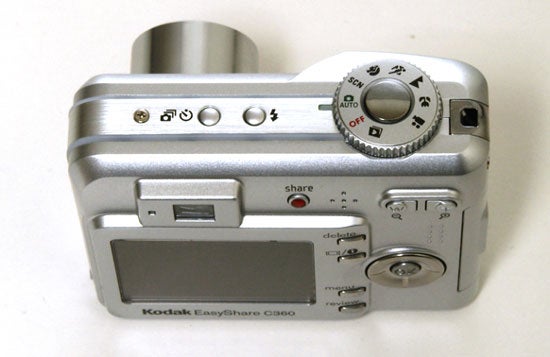
”’Verdict”’
With it’s user-friendly appeal, ease of use and excellent performance and results this C360 is a great camera for the first-time digital user. More experienced users will find its limited range of options restricting, and the helpful messages get annoying after a while. Also it earns a big slap on the wrist for the lack of an off-switch for the digital zoom.
(table:features)
A range of test shots are shown over the next three pages. Here, the full size image has been reduced for bandwidth purposes, and a crop taken from the original full resolution image has been placed below it in order for you to gain an appreciation of the overall quality. The following pages consist of resized images so that you can evaluate the overall exposure. For those with a dial-up connection, please be patient while the pages download.
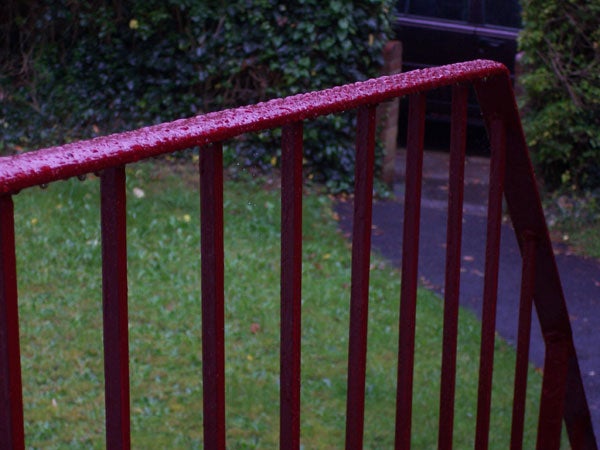
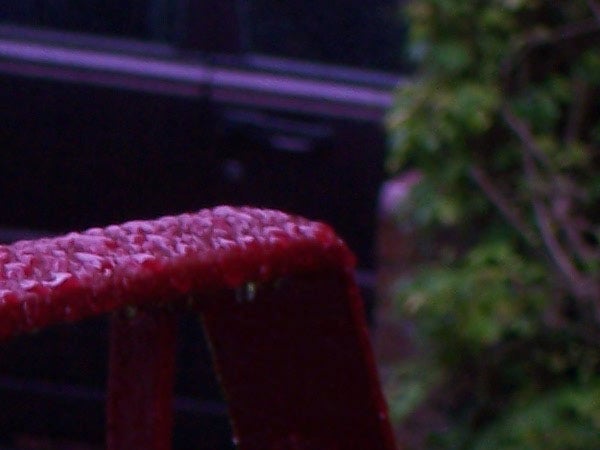
The ISO test shots were all taken in low light with and exposure compensation of +1. At the minimum ISO setting of 80 the image is noise free, but a bit dark.
—-
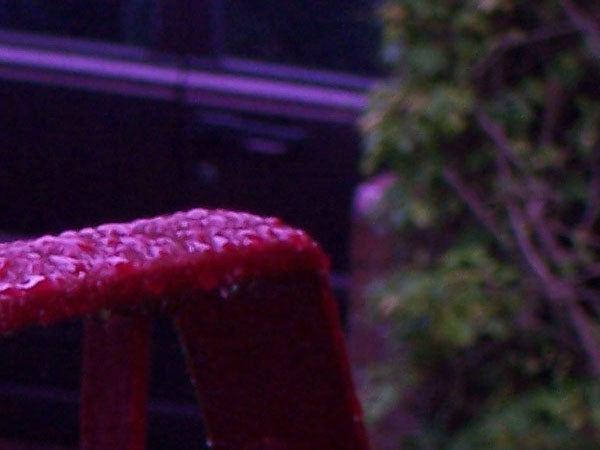
At 100 ISO the image is fractionally lighter, but surprisingly there is some slight speckling visible in the darker areas of the shot.
—-

The exposure is more accurate in this 200 ISO shot, but there is speckling plainly visible in many areas. Colour rendition remains good though.
—-
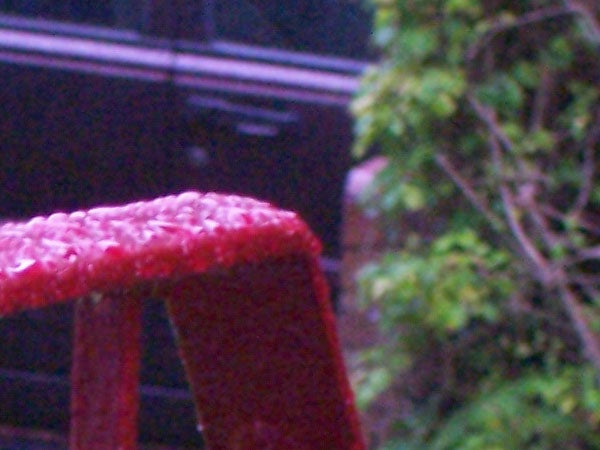
At 400 ISO the image is now slightly pale, and there is a lot of image noise visible, however the shot is still quite usable.
—-
This page consists of resized images so that you can evaluate the overall exposure.
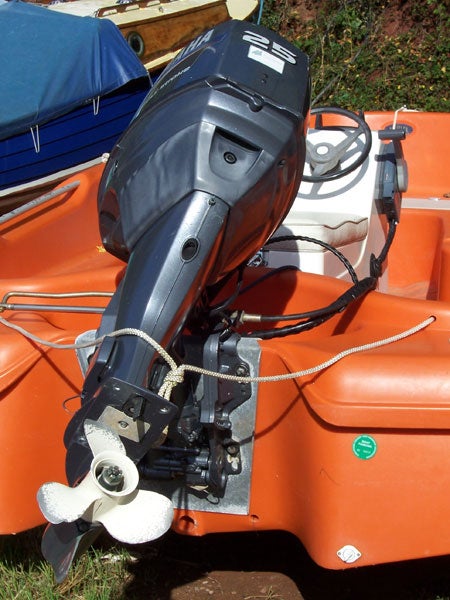
The C360’s multi-pattern metering system and Kodak’s Colour Science image processing chip handle the bright colours and strong contrast in this shot superbly.
—-
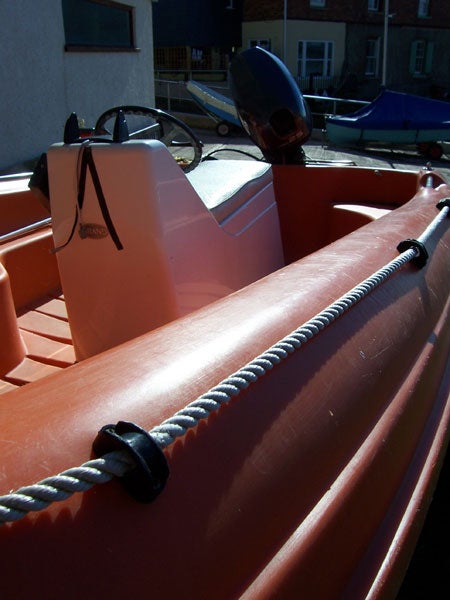
The bright sunlight reflecting from the orange hull of the boat has fooled the auto white balance into adding blue to the picture in an attempt to correct it.
—-
This page consists of resized images so that you can evaluate the overall exposure.

Metering and focus are perfect, and thanks to the superb Kodak Retinar lens there is pin-sharp detail right across the frame.
—-

Another high contrast shot into the sunlight, but again the metering system has made a good job of it.
—-
This page consists of resized images so that you can evaluate the overall exposure.

The wide end of the zoom range is equivalent to 34mm, which is a little wider than average, ideal for landscape shots.
—-

The telephoto end of the zoom range is equivalent to 102mm. This shot was taken from the same position as the previous one.
—-
This page consists of resized images so that you can evaluate the overall exposure.
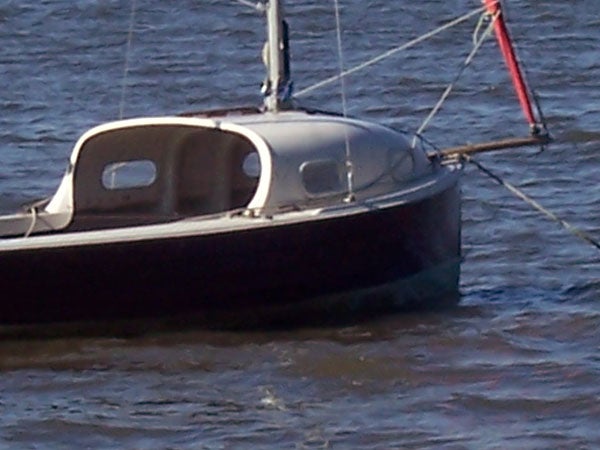
At maximum digital zoom, even bracing the camera on my knee couldn’t prevent camera shake, and as usual with digital zoom the picture quality is very poor.
—-

The C360 has a superb macro range of just 5cm, which is about the range of this shot.
—-
Trusted Score
Score in detail
-
Value 9
-
Image Quality 9
Features
| Camera type | Digital Compact |
| Megapixels (Megapixel) | 5 Megapixel |
| Optical Zoom (Times) | 3x |

